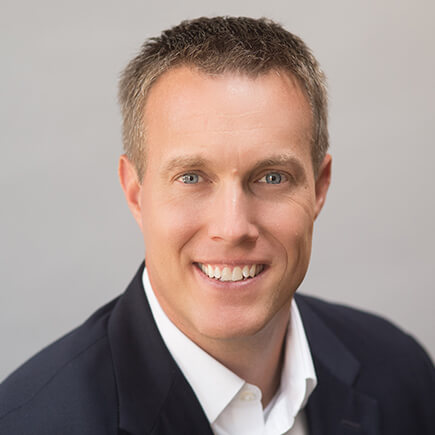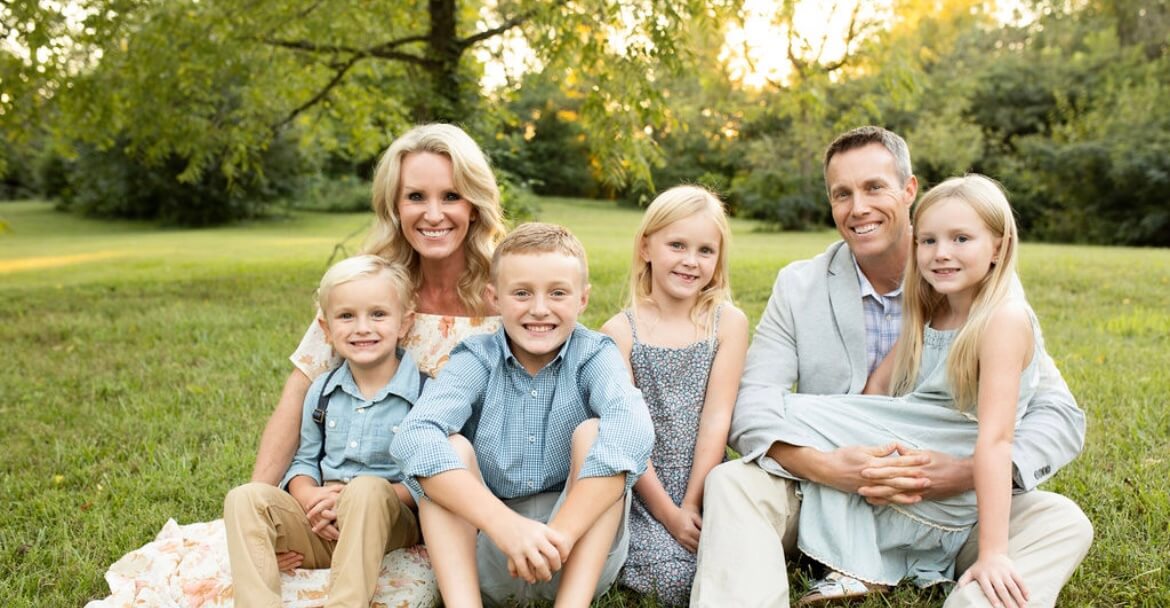Planning for Charitable Giving
We all want to leave behind a better world. Long-term planning is the key to making a difference through philanthropy.
 Jeff Hall
Jeff Hall

Charitable giving is a foundation of our culture. Taught from childhood that “it’s better to give than to receive,” we donate our time, money and energy to causes, give to friends in need, and often extend a hand to total strangers. Crowdfunding campaigns through sites like GoFundMe generated $17 billion in 2019 in North America alone, almost 34 percent more than the year before. The 100 largest charities in the United States received $49 billion in donations in 2018. And we give more than money. Every year, 63 million Americans give 8 billion hours of their time to nonprofits.1
Many people misquote the biblical statement that, “The love of money is the root of all evil.” It isn’t the money that’s bad; it’s the obsession with it that causes problems. Money itself is neither good nor bad, it’s just a necessary tool for living. Like a hammer, money can be used to create and build, but it can be dangerous if mishandled.
How, then, do we decide how and where to give, and how much?
Giving is the only way to break the power of money. It is the key to becoming financially free, to achieving contentment in life. Pastor and author Dr. David Jeremiah says, “Contentment is looking back without regret, looking at the present without envy and looking at the future without fear.” Contentment is a choice; the most generous givers are typically the ones who have chosen to be content, to determine how much is enough and to establish financial finish lines. There is freedom in living that way.
Helper’s High
Charitable giving benefits both the giver and the recipient. That isn’t just an old adage; altruism has been shown to have both physical and mental benefits.
According to studies from the Cleveland Clinic and Johns Hopkins, acts of altruism have been connected to lower blood pressure, lower stress levels, fewer incidents of depression, higher self esteem, even longer life. Good deeds are known to trigger the release of serotonin, dopamine and oxytocin, the “happy chemicals” of the brain, and activate the pleasure and trust centers of the brain. In a study at the University of Oregon, MRIs of people who gave to charities showed stimulation of the reward center of the brain. 2
Other research shows the benefits of turning our attention to others, diverting our thoughts from our own worries and linking us to a larger purpose and the greater good. Generosity can also create a sense of community while reducing our own sense of loneliness.
People often buy mutual funds, an annuity, or an insurance policy, without understanding how it fits into the big picture. Marketing tells us on a daily basis that, if we buy “x,” it will make our life complete. Finance is no different. A product is static—maybe good, maybe bad—but it’s set and doesn’t change with your circumstances.
How Much is Enough?
In deciding what to give of their time and money, people often worry how much is enough and how much is too much. Most people want to feel three things:
- Secure
- Significant
- Successful
Everyone wants to have enough money to feel financially secure, achieve financial freedom and experience the peace of mind that results from reaching those goals. Financial worries often lead to the question, “Why should I give if I’m not financially secure?”
Significance and success tend to be comparative in nature. Internally, it’s hard for people to give to others if they’re comparing their personal success or significance to that of others. These concerns are often what brings clients to Rather & Kittrell to manage their finances. They want to achieve enough financial security that they’re able to feel comfortable giving to the causes they are passionate about.
We have found that the most generous givers are those who have a handle on their financial situation and capabilities. The most generous givers have determined how much is enough for themselves and their heirs, and how much they have to share with others.
How and Where Do I Give?
There are many ways to give to the organizations and ideas that interest us. We use this mnemonic as a guide. What can we give? We can give our L.I.F.E: Labor, Influence, Finances and Experiences. In other words, we can give our labor through time, energy and effort; we can share our influence by introducing other potential donors to an organization; we can offer our money to financially help support those in need; and we can lend our experience and expertise to meet the needs of the organization.
At RK, our vision for giving is connected to what we’re passionate about. What brings us the most joy? How can we affect the most change? And, finally, how do we plan for it?
For some people, giving is spontaneous. They see a need, and they respond in the moment. After all, why wait? As author and C.P.A. Ron Blue says, “Do your giving while you’re living so you’re knowing where it’s going.”
Giving can also be systematic, through regular ongoing donations. And giving can be strategic, by integrating a giving strategy into long-term planning. Planned giving can even allow our clients to involve the entire family in the act of generosity.
The Tools for Giving
There are four basic short-term uses for the money that we have: Live, Give, Owe and Grow. Although we can determine our priorities for using our money, living will always get the biggest portion. Housing, food, clothing, social events and other aspects of our standard of living are included in this category.
Once we address what we owe (through mortgages, taxes and other obligations) and what we want to invest for growth, we are left with our choices around giving.
Many options exist for planned giving, among them:
- Donor advised funds
- Charitable trusts
- Donation of highly appreciated securities
- Qualified charitable distributions
There are as many ways of giving as there are clients who have the luxury of doing so. Some clients have given faithfully to their churches and other organizations for many years. They’ve been able to do this because they have stuck to a spending plan that has allowed them to give more, save more and enjoy many of God’s blessings as a family.
Other clients sold a business and began funding a foundation, with an annual amount for each of the three family units to give. During family meetings, everyone shares where they’ve given their allotment and why. The kids get to participate and hear what’s most important to the family and why.
Giving is a great way for families to pass down their values to younger generations. RK can help set up the plan that will allow your family to live, grow and give to the causes that you care about.
2. https://www.nih.gov/news-events/nih-research-matters/brain-imaging-reveals-joys-giving
More Ways to Thrive
RK talks about what guides us in life and how to incorporate that into financial decisions.
Jay Slagle, Senior Advisor with Rather & Kittrell, and Certified Financial Planner™, addresses some of the concerns he hears frequently from clients.
Supporting the arts is more than a passion born of generosity. It also builds better communities.